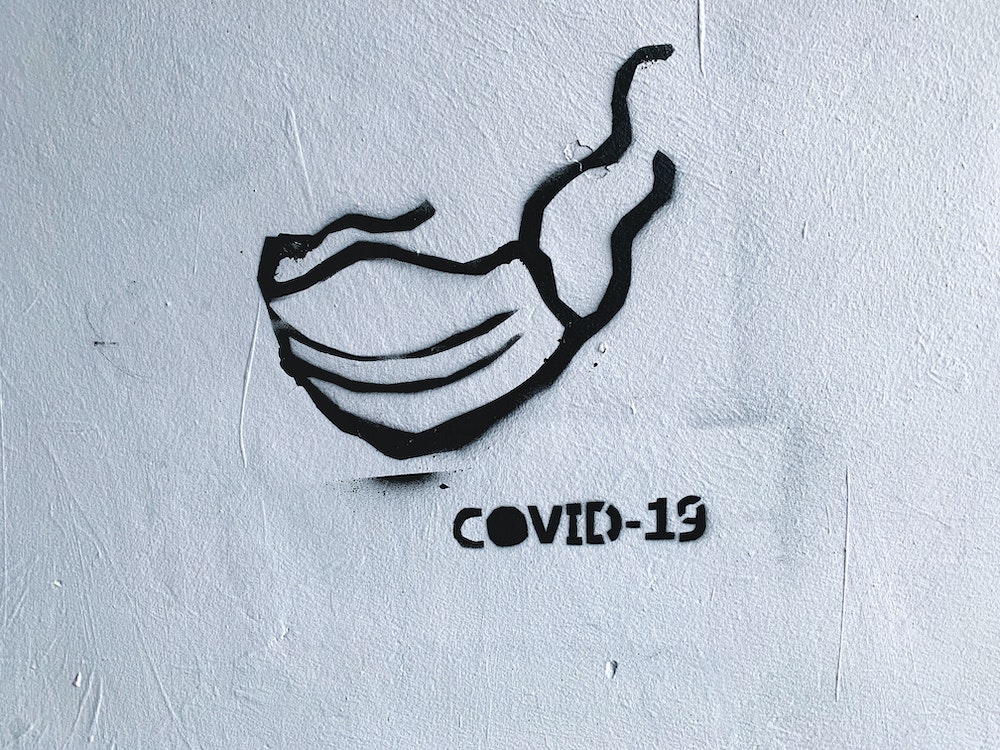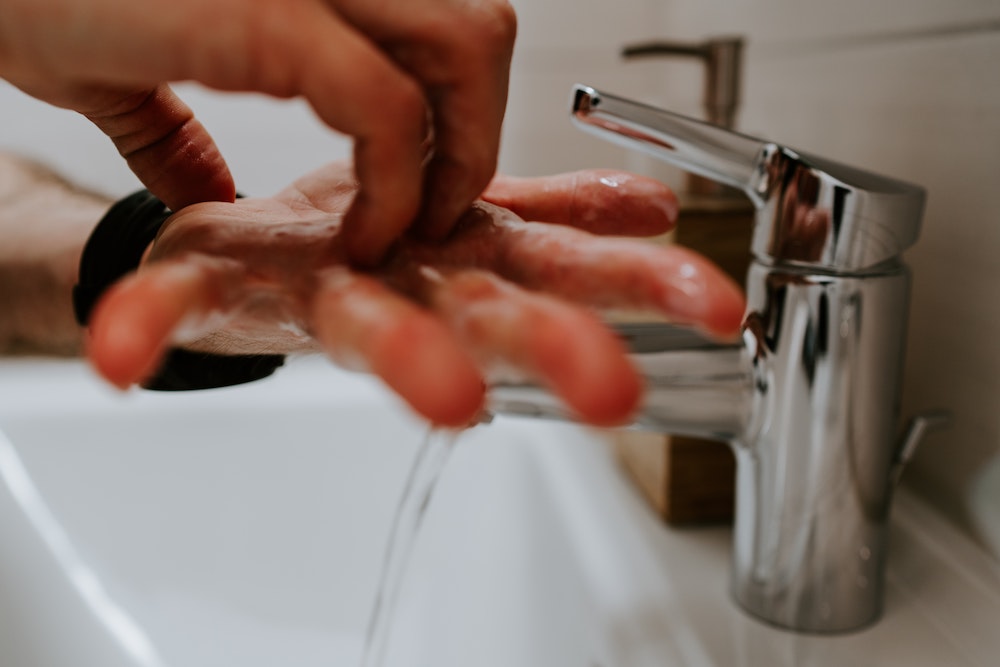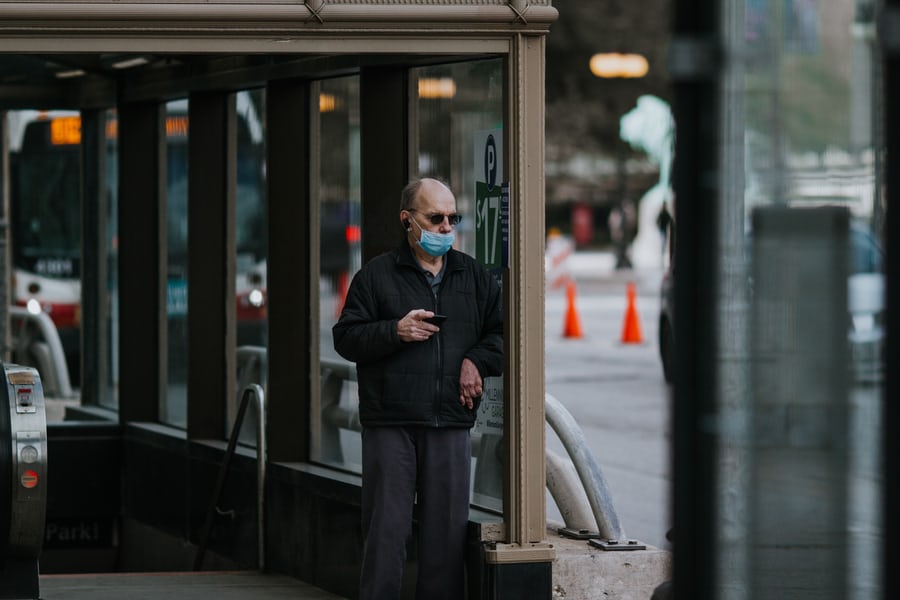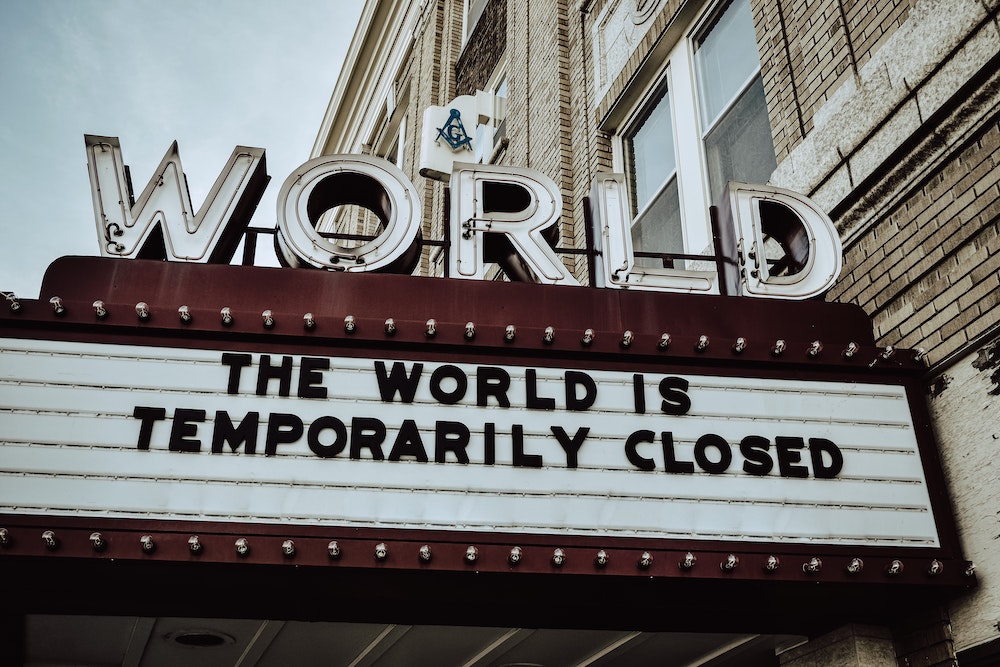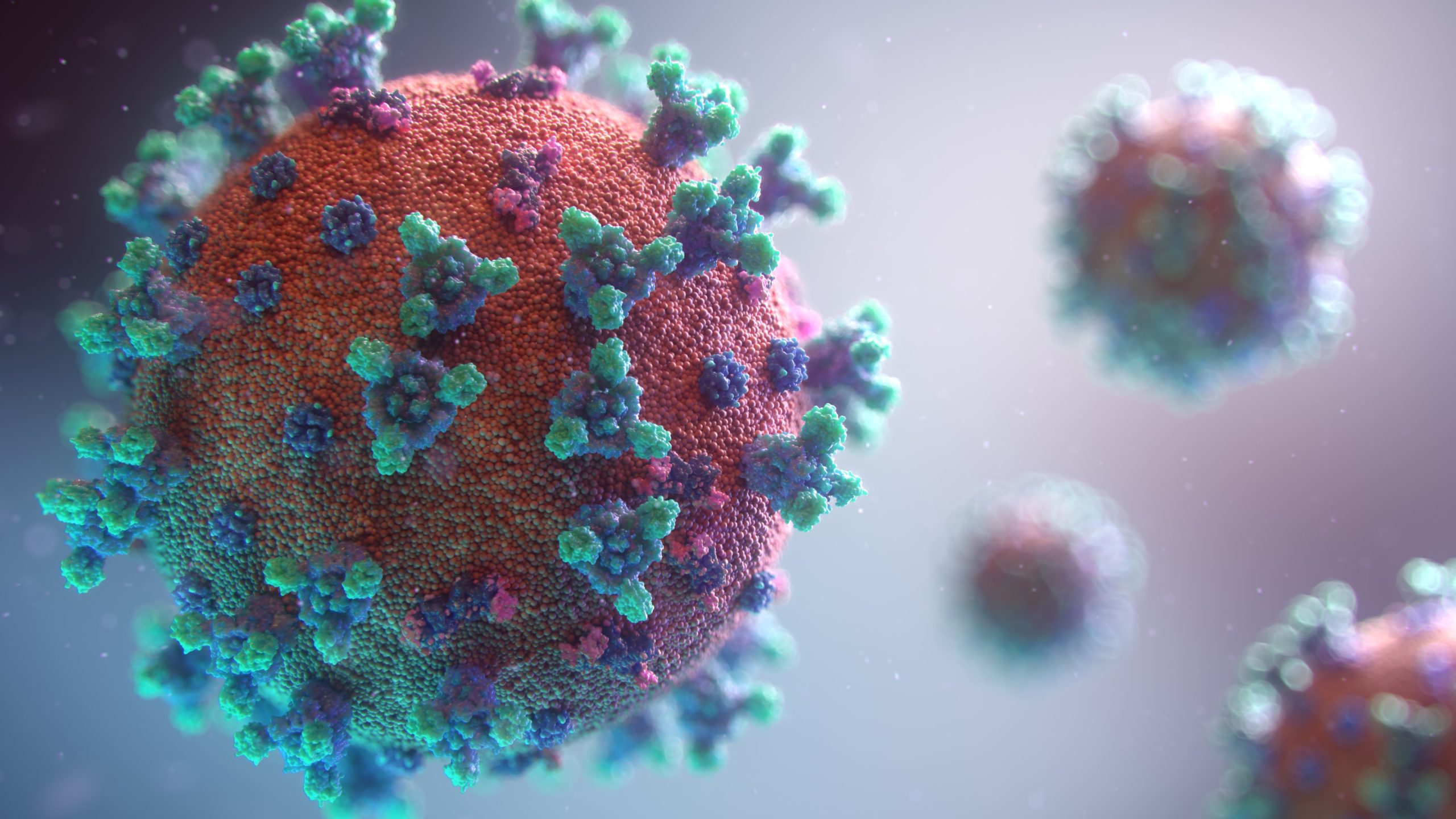This week’s top three summaries: R. v. Dakin, 2020 ONCJ 202, R v Muminawatum, 2020 MBQB 75 (Westlaw), and R v MJI, 2020 ONSC 2497
R v Dakin (ONCJ)
[April 14, 2020] Sentencing – Time Served – COVID-19 - 2020 ONSC 202 [The Honourable Justice Cecile Applegate]
AUTHOR’S NOTE: Here, the accused plead guilty to several offences, namely assaulting police, breaching probation, uttering threats, attempted theft of a motor vehicle, and mischief. He had served 168 days in custody, which would be 8.2 months or 252 days at enhanced credit. The Crown sought a sentence of 15-18 months jail less presentence custody. The defence argued that a sentence of 9-12 months would normally be reasonable in the circumstances, but that it should be reduced to time served because of the COVID-19 pandemic. Justice Applegate sentenced the accused to a sentence of 1 day in addition to time he had served.
Pertinent Facts
[1] On April 8, 2020, Mr. Dakin pled guilty to several offences stemming from incidents that occurred on October 30, 2019. These included Assault Police, Breach of Probation for failing to keep the peace and be of good behaviour, Uttering Threats to Janis Rocha to kill Janis Rocha and her family, Attempt Theft of Janis Rocha’s motor vehicle and Mischief. The Crown seeks a sentence of 15-18 months jail less presentence custody, 12 months probation, a DNA order and a s. 110 weapons prohibition order for 10 years. The defence takes no issue with the ancillary orders sought by the Crown and argues that a sentence of 9-12 months would normally be reasonable in the circumstances. However, Ms. Griffiths submits that, given the current COVID-19 situation, the sentence ought to be reduced time served. In addition to their oral submissions at the sentencing hearing, both counsel provided me with their COVID-19 materials electronically following the hearing.
Sentencing Principles and COVID-19
[22] Most recently courts have been attempting to assess and quantify the impact of COVID-19 and its precautionary measures on accused in custodial settings.
[23] One of the first cases to do so was R. v. J.S., a bail review application, where Copeland, J. commented as follows: “[T]he greatly elevated risk posed to detained inmates from the coronavirus…must be considered”. And, “based on current events around the world, and in this province, that the risks to health from this virus in a confined space with many people, like a jail, are significantly greater than if a defendant is able to self-isolate at home. The virus is clearly easily transmitted, absent strong social distancing or self-isolation, and it is clearly deadly to a significant number of people who it infects. The practical reality is that the ability to practice social distancing and self-isolation is limited, if not impossible, in an institution where inmates do not have single cells.” Copeland, J noted that this factor concerns not only an accused’s “own health, but also the preservation of scarce hospital resources to treat patients. If more people are infected, those resources will be more strained”. She further stated “I am not suggesting any failure of the correctional authorities to take appropriate steps to attempt to keep inmates healthy, and to attempt to limit the spread of the virus” [2020 ONSC 1710, ¶ 18].
[24] Her concerns and comments have been repeated in several subsequent cases [R. v. Rajan, 2020 ONSC 2118, ¶ 57; R. v. Cahill, 2020 ONSC 2171, ¶ 39; R. v. Cain, 2020 ONSC 2018, ¶ 25; R. v. C.J., 2020 ONSC 1933, ¶ 9; R. v. T.K., 2020 ONSC 1935, ¶¶ 58-59]. They have led to the creation of an Open Letter from the Medical Professions to Canadian Federal, Provincial and Territorial Governments dated April 6, 2020 urging the governments to implement drastic measures to protect all Canadians including those in detention. Further, they are in line with the preamble of the World Health Organization’s March 15, 2020 (Europe) report “Preparedness, Prevention and Control of COVID-19 in Prisons and Other Places of Detention: Interim Guidance”.
[25] It is generally undisputed that the COVID-19 pandemic constitutes a material change in circumstances to be considered at bail reviews and sentencing hearings. Some cases suggest that a stronger evidentiary foundation than what was established in J.S. is required in order to apply any type of COVID-19 consideration. This may include “medical evidence that demonstrates the defendant’s heath concerns are real, significant and would result in him being at higher risk for contracting COVID-19 or suffering more serious consequences” [R. v. Jeyakanthan, 2020 ONSC 1984, ¶ 28, 29 32-34; R. v. J.L., 2020 ONSC 2144, ¶ 41; R. v. Glover, 2020 ONSC 2037, ¶ 43-45].
[26] Other cases, however, have rejected the requirement to have specific evidence as to the effects of COVID-19 on an accused stating that these factors are “obvious to a certain degree” and courts can take judicial notice of them [R. v. Kandhai, 2020 ONSC 1611, ¶ 8; Rajan, ¶¶ 54 – 57, Cahill, ¶ 39; R. v. Abdella, (unreported decision of Kozloff, J., OCJ dated April 1, 2020)].
[27] In terms of calculating COVID-19 credit on sentencing, courts have taken different approaches. Some have simply reduced the “close” cases down to time served [Kandhai, ¶ 5; R. v. McConnell, 2020 ONCJ 177, ¶ 35-36; R. v. Carson (unreported decision of Applegate, J., OCJ dated March 27, 2020, ¶ 30)]. This notion of applying a credit in “close calls” has been adopted by several courts both in bail review and sentencing cases [Glover, ¶ 46; R. v. Laurin, (unreported decision of Crosbie, J., OCJ dated March 16, 2020)]. In non-time served situations, some courts have accounted for it by imposing a more lenient sentence [R. v. Wilson, 2020 ONCJ 176, ¶ 39; R. v. Singh, (unreported decision of Bliss, J. OCJ dated April 3, 2020).]. Other courts have included a COVID-19 credit as part of the credit received for “harsh pre-trial conditions” [Laurin, (unreported decision of Crosbie, J., OCJ dated March 16, 2020)]. Finally, some courts have attributed a specific time credit for time spent incarcerated during COVID-19 since March 13, 2020 [In Abdella, Kozloff, J. added 1 day on top of lockdown credit during time of COVID-19. In R. v. King, (unreported decision of Pringle, J. dated April 8, 2020) Pringle, J. added 0.5 day on top of 1.5 days for lockdown credit during time of COVID-19 and the “Summers” credit of 1.5].
Conclusion
[32] In determining what, if any, COVID-19 credit ought to be given, I adopt the comments of Copeland, J. in J.S. Further, I find that it is not necessary for Mr. Dakin to provide me with “medical evidence that demonstrates the defendant’s heath concerns are real, significant and would result in him being at higher risk for contracting COVID-19 or suffering more serious consequences”. Mr. Dakin has clearly been impacted by the COVID-19 measures implemented at CNCC. I accept that his fear of contracting it while in custody is real.
[33] This factor must, of course, be balanced with the other sentencing principles. The sentence imposed cannot bring the administration of justice into disrepute or be contrary to the public interest. Bearing these principles in mind, when I consider the circumstances of the offences, the circumstances of Mr. Dakin, and the aggravating and mitigating factors that exist in this case, I would have sentenced Mr. Dakin to 10 months jail (or 304 days) broken down as follows: 6 months on the Assault; 1 month concurrent on the Breach of Probation; 3 months on the Utter Threats and Attempt theft (concurrent to one another but consecutive to the Assault count); and 1 month consecutive on the Mischief charge. Upon deducting his enhanced pretrial custody of 252 days or 8.2 months, Mr. Dakin would have had 52 days or 1.7 months left to serve. However, given my comments regarding the COVID-19 concerns, I find that the appropriate sentence, in these unique times, is a sentence of 1 day in addition to 8.2 months or 252 days of presentence custody (168 days enhanced at 1:1.5). This sentence will be concurrent on all charges.
R v Muminawatum (MBQB)
[April 23, 2020] Judicial Interim Release – Secondary Ground – COVID-19 - 2020 MBQB 75 (Not Yet on CanLii) [The Honourable Justice Martin]
AUTHOR’S NOTE: Here, the accused brought an application for his detention to be reviewed pursuant to s. 520. He was initially detained on the secondary ground. The accused argued that the COVID-19 pandemic constituted a material change in circumstances and justified his release from custody. After reviewing the authorities, Justice Martin concluded that the COVID-19 pandemic was by itself a material change in circumstances for purposes of a s. 520 bail review application. Justice Martin also concluded that the COVID-19 pandemic was a relevant factor to be considered on the secondary ground. However, in the end, Justice Martin determined that the detention of the accused was necessary for the protection or safety of the public even when considering the impact of the COVID-19 pandemic.
Pertinent Facts
[1] Sheldon Muminawatum is a 36-year-old Indigenous man from the settlement of Norway House Manitoba. Mid-day on September 7, 2019, he was arrested by the RCMP in Norway House for eight criminal offenses, including an assault on a female acquaintance, breach of probation for contacting that female, auto theft, assaulting a peace officer, and refusing a breath demand.
[2] He was held in the Norway House RCMP detachment for three nights, until Tuesday, September 10, when he was transported to Thompson, the closest Provincial Court Judicial Centre. He made a brief appearance in court and was remanded into custody, for counsel to be appointed. He was then transferred 400 km away to The Pas Correctional Centre, the closest and only remand facility in northern Manitoba.
[3] Counsel was appointed by Legal Aid Manitoba and on October 17, Mr. Muminawatum applied for bail in the Thompson Provincial Court. After submissions, the judge ordered Mr. Muminawatum be detained in custody based on "the secondary ground"; in other words, his detention was necessary for the protection or safety of the public (s. 515 (10)(b) of the Criminal Code). For convenience, any further reference to a section number is of the Criminal Code unless otherwise stated.
[4] On April 14, 2020, Mr. Muminawatum filed an application for orders granting him:
- a review of the bail judge's order of detention, and bail pending his trial (s. 520); and
…
[5] In Manitoba, the s. 520 review is usually relatively straightforward, with the reviewing judge normally issuing an oral decision on-the-spot. However, in this case, Mr. Muminawatum raised a few uncommon issues which warranted a deeper analysis and hence, this decision. Most notably, he asserted he should be released due to the current Covid-19 crisis.
Secondary Ground and COVID-19
[32] The third argument is that the Covid-19 pandemic is a material change in circumstances for prisoners and remand inmates. This requires closer scrutiny. It is an important issue from a host of standpoints, including the administration of justice, the values and balancing of interests underpinning Canada's bail system and the obligation of government to reasonably ensure the well-being of individuals in jails, who have little to no control over how they live or who they interact with.
[33] More narrowly, from a s. 520 bail review perspective, there is the threshold issue whether Covid-19, by itself, as understood in Manitoba at this point in time, is sufficient to be considered a material change of circumstances. This is important because if so, and if followed as precedent, the implication of such a determination is that many current remand inmates would be entitled to a fresh bail assessment for the reason of Covid-19 alone, without any other evidence specific to that person's situation.
[39] In R. v. CKT, 2020 ABQB 261, (released April 14), Lema J. also undertook an extensive analysis of many Covid-19 cases but arrived at the opposite conclusion. Consistent with another Alberta Court of Queen's Bench decision, Lema J. found at para 19, "that, with no linkage to public protection, the accused's Covid-19 concerns do not constitute a material change of circumstances" with respect to the secondary ground of s. 515 (10)(b).
[41] There was, however, possibly one link between Covid-19 and the secondary ground, which Lemer J. discerned from other decisions. He described this one exception as a new "compliance attitude" by an accused. In other words, if on specific, cogent evidence, an accused demonstrates that the risk of Covid-19 has increased his willingness to comply with release conditions that mitigate his risk to the public, then that may be enough. As he stated at para 45, Covid-19 was only a relevant factor on the secondary ground where it "ties into protection of the public". …
[42] Finally, in an unreported, Manitoba Court of Queen's Bench decision, R. v. Ballantyne, April 6, 2020, the Court found, "that the Covid-19 is a material change in circumstances and should be taken into account, and in my view it should be given significant weight." (This is one of those on-the-spot oral decisions I referred to earlier.) I cannot determine from the excerpt submitted to me that an in-depth analysis of this issue was part of counsel's submissions or the judge's consideration.
[43] In terms of a factual matrix or background for my analysis, I start by taking judicial notice of several notorious facts mentioned daily by political and public health leadership about Covid-19 generally:
- Covid-19 is an insidious, infectious disease capable of extracting severe, adverse consequences, including death, to anyone regardless of their age, gender or health;
- Covid-19 is transmitted by droplet particles exhaled from infected persons, which can be breathed in, or come into contact with, mucous areas of the face through touching. The virus can last on surfaces for days;
- persons infected with Covid-19 may be asymptomatic yet still be infectious to others;
- certain demographics may be more susceptible or vulnerable to worse outcomes from the infection than other people, such as those over 60 years of age or those having underlying health conditions;
- testing, hand washing, disinfecting, physical distancing or self-isolation — in many forms — are critical requirements in lowering the risk, or spread, of infection to oneself or others. Health authorities implore people to maintain at least two meters distance from each other, unless they are part of a close secure group, such as a family unit; and
- as of yet, there is no Covid-19 vaccine or specific treatment or medication.
[45] The plight of remand inmates is also part of the matrix. Remand prisoners suffer many social, privacy, hygiene and interpersonal contact issues from living in forced close quarters than many citizens who are free. This theme has been acknowledged repeatedly by many authorities, including the Supreme Court in judgments such as Antic (at para 66) and Myers (at paras 26 and 27), such that it can be accepted without specific evidence. It follows that no reasonable person would dispute that measures currently recommended by health authorities to counter the spread of Covid-19 are harder to implement effectively in a jail setting than in the community.
[48] Given all of this, for the reasons that follow, I find that the Covid-19 pandemic, at this time, and specific to Manitoba provincial jails, is by itself a material change in circumstances for purposes of a s. 520 bail review application.
[49] Simply and generally, as a matter of common sense, Covid-19 poses an extraordinary, unique threat to everyone, and more so to people confined in places like jails, despite Covid-19 being effectively managed in the Province, and in the North, more particularly. Moreover, for the reasons that follow, I find it hits the St-Cloud legal criteria of new evidence showing a material change in circumstances.
[50] As to the first and third criteria respectively, Covid-19, as I have described, is unmistakably a new event that was unforeseeable at Mr. Muminawatum's bail hearing and it is credible, trustworthy evidence capable of belief.
[51] The second criteria, that the evidence be relevant for purposes of s. 515 (10), is more nuanced. In CKT, and other similar cases, Covid-19was not seen as relevant or probative where bail was denied on the secondary, public protection, ground. With respect, such a view is overly rigid for purposes of this analysis, particularly in this unparalleled situation.
[58] Against all of this, I cannot conclude that Covid-19 is not a relevant factor, even where detention has been ordered on the secondary ground. To find otherwise would, in the unique circumstances of this pandemic, undermine the public's confidence in the administration of justice. Ironically, it would mean that accused persons, detained on the tertiary ground, would be able to rely on Covid-19, as a material change in circumstances, while a bunkmate, denied bail because of the secondary ground, could not. Depending on the circumstances, it could also mean that Covid-19 could be considered in a s. 525 application for an accused denied bail, but could not be considered for that same person on a s. 520 application.
[60] In the end, as noted, I find that the current Covid-19 pandemic is a material change in circumstances. While this has the potential to open the floodgates for s. 520 reviews for those inmates detained in custody before Covid-19 became an issue, this too has limits. I emphasize that, as stated in other cases, it is not a "get out of jail card." On the review, it is not the decisive factor. I agree with the analyses that Covid-19 itself is not to be given special or significant weight; it is simply another factor in the mix of all factors to be considered in the s. 515 (10) analysis. For it to carry more weight there must be something unique in the circumstances, which must be put into evidence; likely about the accused's health status or vulnerability, or a grave change in the threat or risk posed by Covid-19 at the inmate's jail. In any case, on a s. 520 review, an accused would be well advised to credibly address the specific reason for his detention. The Covid-19 comments apply equally to first instance bail applications.
Conclusion
[61] Having concluded that Mr. Muminawatum has shown material change in circumstances because of Covid-19, I nonetheless find that his detention is necessary for the protection of the public.
R v MJI (ONSC)
[April 23, 2020] Judicial Interim Release – Secondary Ground – COVID-19 - 2020 ONSC 2497 [The Honourable Justice P.J. Monahan]
AUTHOR’S NOTE: Here, the accused brought an application for his detention to be reviewed pursuant to s. 525. He was initially detained by a Justice of the Peace on the tertiary ground. The accused argued, amongst other things, that the COVID-19 pandemic constitutes a material change in circumstances and that his health status justified his release from custody. The Crown conceded that the COVID-19 pandemic constitutes a material change in circumstances and that the accused’s injuries made him more acutely vulnerable to COVID-19, but that the other factors favoured his continued detention. Justice Monhan determined that due to the accused’s enhanced vulnerability to COVID-19 and the fact that releasing him from custody would reduce his risk of contracting the virus, a reasonable person would not have their confidence in the administration of justice undermined by the accused’s release from custody.
Pertinent Facts
[1] MJI was ordered detained by a Justice of the Peace on January 23, 2019, in connection with a variety of firearms-related offences that are alleged to have occurred on December 18, 2018. This is a review of his detention pursuant to s. 525 of the Criminal Code.
[3] It is agreed that the onus is on MJI to show why his continued detention in custody is not justified. He argues that he has satisfied this onus on the following three bases:
…
iii. the COVID-19 pandemic constitutes a material change in circumstances. In light of MJI's vulnerable health status, in combination with a strict plan of release, his release from detention is justified.
[52] Third, MJI argues that the current COVID-19 global pandemic constitutes a material change in circumstances, which warrants a review of his detention. MJI argues that he faces a significantly increased risk of contracting COVID-19 while he is in custody. MJI also argues that due to his ongoing injuries as well as his asthma, he is particularly vulnerable to COVID-19. Considering the significant dangers posed to MJI by COVID-19, he argues that the proposed bail plan is sufficient to address and mitigate any concerns arising under the tertiary ground.
[55] The Crown does concede that COVID-19 constitutes a material change in circumstances justifying a fresh review of MJI's detention. The Crown also acknowledges that MJI's injuries and physical condition make him more acutely vulnerable to COVID-19. Nevertheless, the Crown argues that the risk posed by COVID-19 is just one factor to be taken into account in the analysis of the tertiary ground. Given that all of the other enumerated factors under s. 515 (10) (c) argue in favour of MJI's continued detention, the COVID-19 pandemic is not sufficient in and of itself to justify his release.
Tertiary Ground and COVID-19
[70] There is now a substantial body of jurisprudence from this court finding that the COVID-19 pandemic constitutes a material change of circumstances which must be taken into account in assessing whether an individual's detention is justified [See, for example, R. v. J.S., 2020 ONSC 1710; R. v. T.L., 2020 ONSC 1885; R. v. T.K., 2020 ONSC 1935; R. v. Rajan, 2020 ONSC 2118; and R. v. Williams, 2020 ONSC 2237]. This is particularly the case in relation to those detained solely or principally on the tertiary ground in s. 515 (10). Where there are no identifiable concerns under either the primary or secondary grounds, and where an accused is at risk of becoming severely ill or dying should they contract the virus, reasonable members of the public might well find that the accused's release from custody would not in any way undermine confidence in the administration of justice.
[71] I accept the expert opinion of Dr. Orkin that inmates in correctional facilities in Ontario face a significantly increased risk of contracting COVID-19. I further accept his conclusion that it is therefore desirable to aggressively reduce the inmate population in the province's correctional facilities. Indeed, the Ministry appears to have adopted this very approach, since a central element of its strategy in response to the pandemic has been to significantly reduce the inmate population. I would further observe that the Ministry appears to have acted proactively and put in place a series of protocols which have had the effect, so far at least, of limiting the spread of COVID-19 in Ontario's correctional facilities. Notwithstanding this success thus far, it is undeniable that this could change at any time and the ongoing risk that inmates will contract the virus remains significantly higher than in the general population. In fact, the fluidity of the situation is illustrated by the sudden outbreak of COVID-19 at the OCI and the transfer of at least 62 inmates who have contracted COVID-19 to Toronto South.
[72] This is not to suggest that the framework for analysis established by s. 515 (10) (c) ceases to apply as a result of COVID-19. As Wagner J. noted in St. Cloud, no single factor is determinative in the analysis under the tertiary ground. Just as it would be inappropriate to ignore the clearly relevant circumstance of the COVID-19 pandemic, it would equally be in error to automatically release an inmate simply because they, reasonably, have identifiable concerns over contracting the virus. What is required, instead, is a careful balancing of the relevant circumstances, including but not limited to those identified in s. 515 (10) (c), having regard to the particular circumstances of the accused.
Analysis
[73] How should these various considerations be taken into account in determining whether MJI's continued detention is necessary in order to maintain public confidence in the administration of justice?
[74] The starting point of the analysis is that the circumstances which led the Justice of the Peace to detain MJI continue to apply. The Crown has a strong case, the offences with which he is charged are extremely serious crimes of violence involving firearms, and he is likely facing a substantial jail term if convicted.
[75] On the other hand, there are a number of factors which would tend to support his release from custody.
[76] First, MJI remains seriously injured some 16 months after sustaining life-threatening gunshot wounds. He is unable to walk unassisted and requires the use of a wheelchair or leg brace. He has a colostomy that prevents his bowel from functioning normally in which the ostomy bag must be attended to multiple times during the day. He has reasonable concerns regarding the possibility of infection, as he had a number of complications due to infections after his surgeries in December 2018 and January 2019.
[77] It is evident that, if MJI is released, he is not in a position to commit any further crimes, nor will he pose a threat to the public. He will be dependent upon his sureties to assist him in the tasks of daily living. It can therefore reasonably be expected that he will cooperate with them and follow their instructions. I am further fortified in this conclusion by the observations from the infirmary nurse at Toronto South to the effect that MJI has been a role model for other prisoners.
[78] The Crown has conceded that MJI has enhanced vulnerability to COVID-19. MJI suffers from asthma and, in combination with his injuries, has experienced shortness of breath. If he were released, his risk of contracting COVID-19 would be significantly reduced. He would also be able to resume the physiotherapy, which he requires to regain his ability to walk. It is also possible that he could arrange for the surgery required to close his colostomy, which has been postponed due to the impact of COVID-19 on Toronto South.
[79] Ultimately the question to be determined is whether, in these circumstances, MJI's continued detention is necessary to maintain confidence in the administration of justice.
[80] I find that a reasonable person, informed of the relevant circumstances, would not have their confidence in the administration of justice undermined by MJI's release from custody. MJI will be under house arrest and largely confined to a wheelchair. He has enhanced vulnerability to COVID-19. Releasing him from custody will not only reduce his risk of contracting the virus, it will also enable him to address his ongoing physical injuries more effectively.
[81] I therefore find that MJI has met his onus under s. 515 (10) and should be released on the terms set out below.

